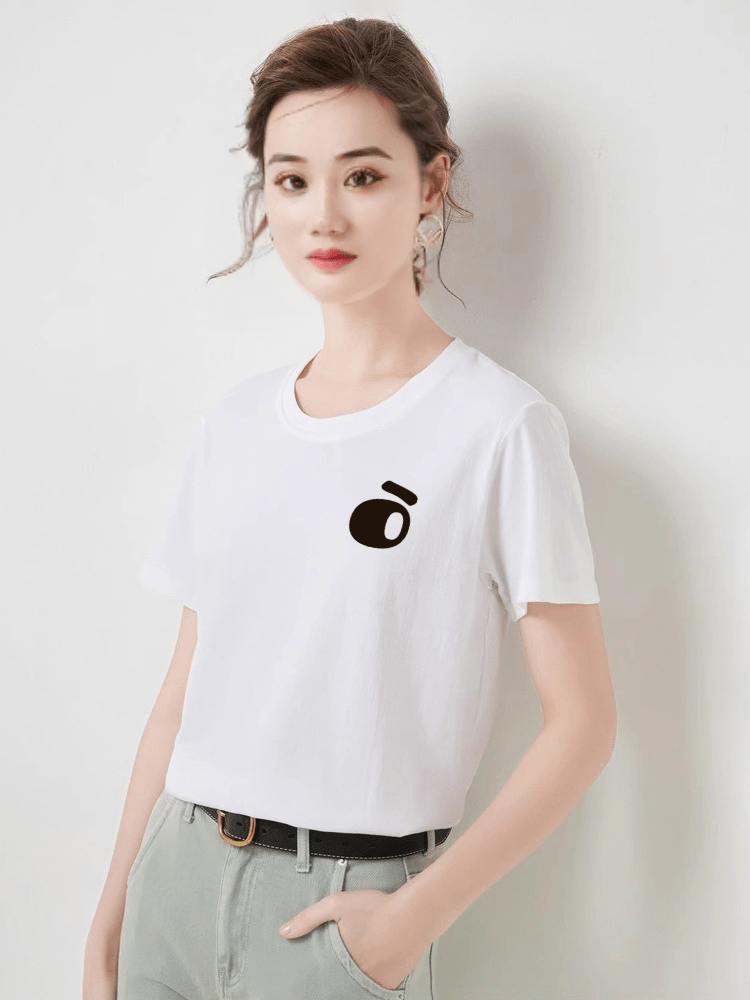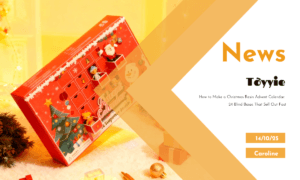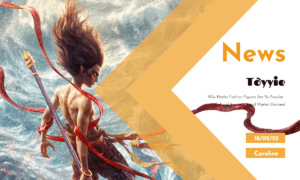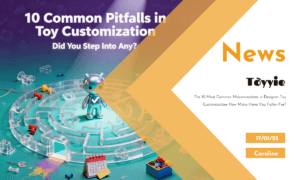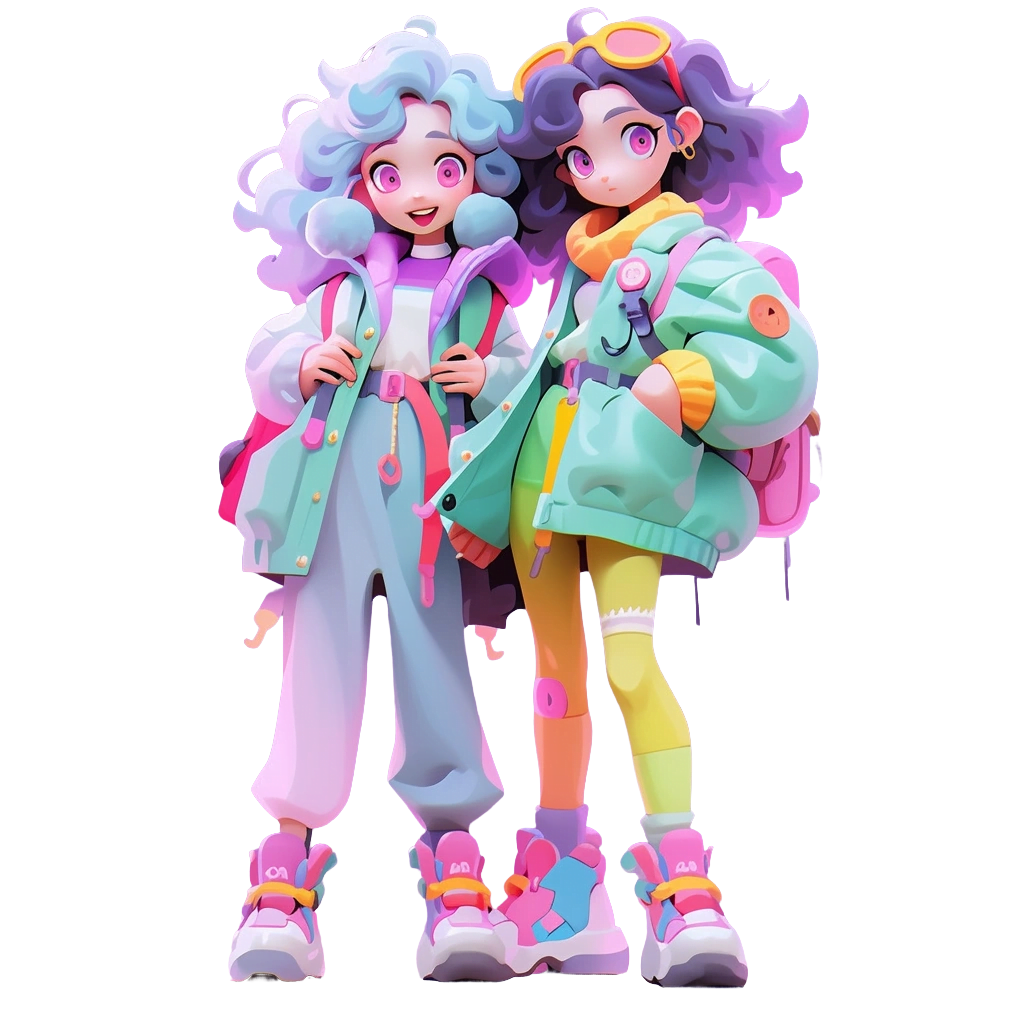📌 Introduction📌
If you’ve ever been involved in custom designer toy production, you’ve probably encountered the term “mold disputes.” It’s one of the trickiest and most misunderstood areas in the process, often leading to frustration and delays. I’ve been there too—working on a project where the excitement of seeing a design come to life quickly turned into heated debates about molds, costs, and responsibilities.🔥💬
In this post, I’ll dive deep into why mold disputes happen, how they impact the production process, and most importantly, how you and your manufacturing partner can resolve them efficiently and amicably. Whether you’re a designer stepping into manufacturing for the first time or a seasoned pro looking for insights, this guide is for you.🧑🎨🏭
Understanding What Molds Are and Why They Matter 🧩🔧
Molds are at the heart of toy manufacturing. They’re the metal tools used to shape materials (like plastic or resin) into the desired form of your toy. Because molds are custom-made for each project, they can be one of the most expensive parts of the process.💰🔩
Why are molds so critical?
Customization:Every detail of your toy—whether it’s a smooth surface or intricate texture—comes from the mold.🎨✨
Durability:A well-made mold can produce thousands of units, while a poorly made one might only last for a few runs.🔄💪
Investment:Molds are a significant upfront cost, often accounting for a large portion of your production budget.🔄💪
Given their importance, it’s no wonder disputes often arise. Let’s break down the common causes and how to address them.🧩🔍
Common Causes of Mold Disputes 🧩🚨
A. Misaligned Expectations
One of the most frequent issues is a mismatch between what the designer envisions and what the factory delivers. Designers may expect every small detail from their digital 3D model to be perfectly replicated, while factories might see some details as impractical for molding.🖥️🤷♂️
Example:
A designer submits a model with extremely thin parts, like a delicate scarf or antenna. The factory suggests adjustments to make these parts thicker to avoid breakage during production. The designer, however, feels the aesthetic is compromised.🎨💔
B. Cost Discrepancies
Molds aren’t cheap. Some designers are shocked when they see the quote for mold production, especially if their design is complex. Costs can vary widely based on:
The number of molds required (e.g., separate molds for each piece of a multi-part toy).📦🔩
The level of detail in the design.🎨🔍
The material used to make the mold (steel molds last longer but cost more than aluminum).🔧💲
C. Ownership and Usage Rights
Another point of contention is who owns the mold after it’s made. Some factories retain ownership, meaning the mold stays at their facility and can’t be transferred to another manufacturer. Designers may feel uneasy about this, especially if they want to switch suppliers in the future. 🏭📄
D. Quality Issues
Occasionally, the mold doesn’t meet expectations. It might produce parts with defects, or the details might not be as sharp as expected. When this happens, both parties can feel frustrated: the designer wants corrections, while the factory might argue that changes require additional costs.🔧😕
How to Prevent Mold Disputes Before They Start 🧩💡
While disputes can arise, many of them are preventable with clear communication and proper planning. Here’s how you can set your project up for success:
A. Choose the Right Manufacturing Partner
Not all factories are created equal. Look for a manufacturer with experience in custom designer toys and a track record of delivering high-quality molds. Ask for references, review their past projects, and visit their facility if possible.🧑🏭🔍
B. Collaborate on the Design
Work closely with the factory during the design phase to ensure your toy is mold-friendly. They can help you identify potential issues, such as:
Overly thin parts that may break during production.🧩⚠️
Undercuts that make the mold difficult to release.🔧🚫
Complex details that may require additional molds.🎨📦
C. Request a Mold Quote Upfront
Before finalizing your design, ask for a detailed mold quote. This should include:
The number of molds required.🔧📏
The material and expected lifespan of the molds.🔩⌛
Any additional costs for adjustments or repairs.💰📝
D. Clarify Ownership Terms
Discuss mold ownership before production begins. If you want to own the mold, negotiate this in the contract. Be aware that owning the mold might come with additional storage and transfer costs. 📄🤝
E. Approve a Prototype Before Mold Production
Many factories offer prototyping services, such as 3D printing, to create a sample of your toy before committing to the mold. Use this opportunity to review the design and make any necessary changes.🖨️✨
Resolving Mold Disputes During Production 🧩🛠️
Despite your best efforts, disputes can still arise. Here’s how to handle them effectively:
A. Stay Calm and Professional
It’s easy to feel frustrated when things go wrong, but staying calm and professional is essential for finding a solution. Remember, the factory wants the project to succeed as much as you do—they’re not intentionally trying to cause problems.😌🤝
B. Gather Evidence
If you’re unhappy with the mold or the parts it’s producing, document the issues with photos, videos, and written descriptions. This will help you clearly communicate your concerns to the factory.📸📝
C. Request a Meeting
Sometimes, it’s easier to resolve disputes in a meeting rather than over email. Schedule a call or video conference with the factory to discuss the issues in detail.📞🎥
D. Negotiate Solutions
Depending on the issue, potential solutions might include:
Mold Repairs:Minor defects can often be fixed without creating a new mold.🔧🛠️
Design Adjustments:If the issue is with the design, consider making changes to improve manufacturability.🎨💡
Cost Sharing:In some cases, both parties might agree to share the cost of corrections.💲🤝
E. Involve a Third Party
If you can’t reach an agreement, consider involving a third-party expert, such as a consultant or mediator, to review the situation and provide guidance.
Real-Life Lessons: Stories from the Field 🧩📖
Let me share a story about a project I worked on where mold disputes became a turning point. A designer came to us with a highly detailed character that had flowing hair and intricate textures. When we reviewed the design, we realized the hair would create undercut issues, and some textures were too fine for the mold to capture accurately.🎨📏
Instead of pushing back, we invited the designer to collaborate with our engineering team. Together, we adjusted the hair to reduce undercuts while maintaining the aesthetic. We also tested different mold-making techniques to capture the textures. In the end, the designer was thrilled with the final product, and we avoided a potential dispute by addressing the issues early on.🧑🎨🤝
Final Thoughts: Building Trust and Transparency 🧩🤝
Mold disputes don’t have to derail your project. With clear communication, mutual understanding, and a willingness to collaborate, you can resolve—or even prevent—most issues. Remember, the goal is the same for both parties: to create a high-quality toy that brings your vision to life.🌟✨
If you’ve faced mold disputes in the past or are worried about them for an upcoming project, don’t hesitate to reach out. We’re here to share our expertise, answer your questions, and help you navigate the complexities of designer toy manufacturing. Together, we can make your creative dreams a reality!🧩🚀

